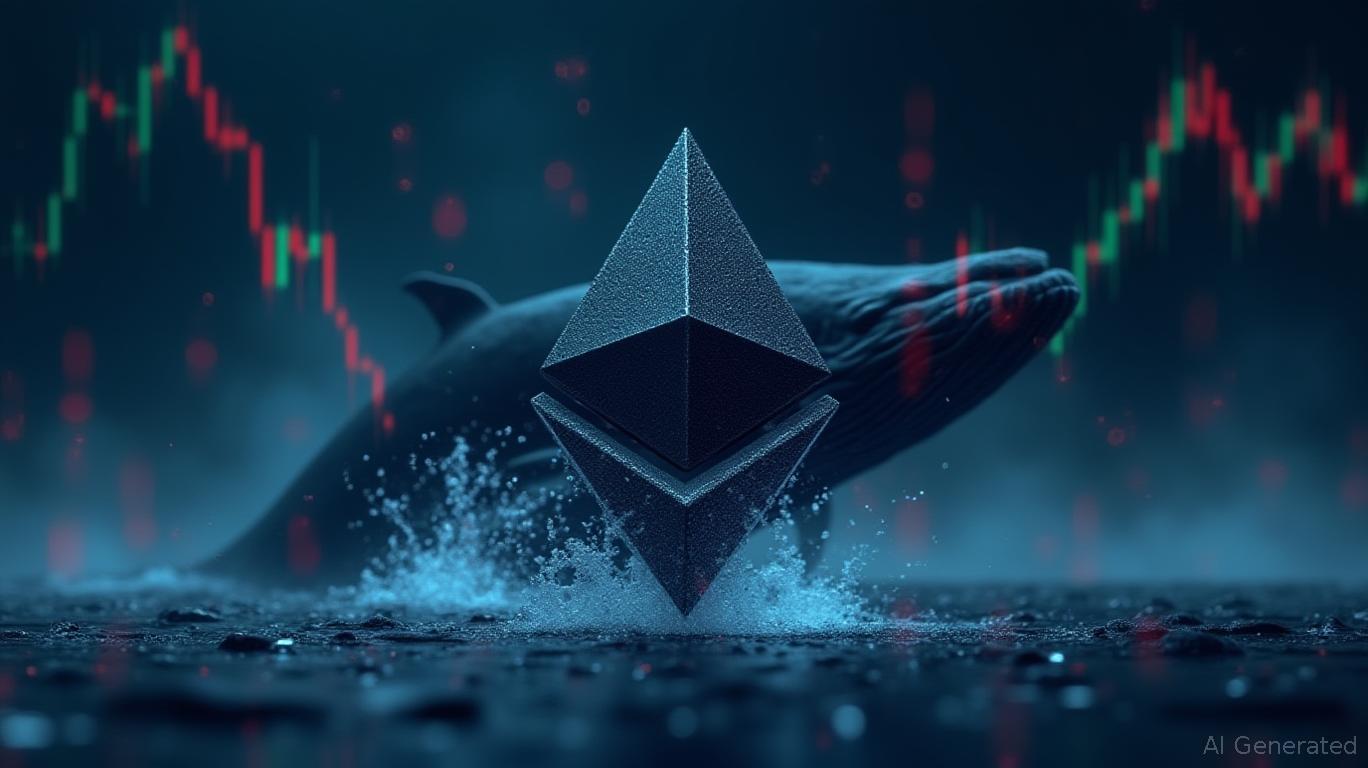Kalshi Market Prediction App surpasses $4,3 billion in volume and outperforms Polymarket in October.
- Kalshi App registers record volume of US$ 4,3 billion.
- Prediction markets attract users outside the crypto sector.
- Polymarket loses ground to rival focused on Web2.
A Kalshi, platform Polymarket, a leading prediction market competitor, reached a historic milestone in October by registering over $4,39 billion in monthly trading volume. This performance confirms the sector's rise, which surpassed $1 billion in total transactions during the same period, solidifying investors' growing interest in betting on economic, political, and sporting events.
Unlike Polymarket, which operates on a blockchain basis and requires the use of digital wallets and cryptocurrencies, Kalshi relies on a model geared towards the Web 2 audience. The absence of technical barriers and integration with platforms like Robinhood have allowed the company to reach a broader user base, bringing it closer to the profile of traditional investors.
JUST IN: Kalshi prediction market sets record $4.39 billion in monthly volume for October. pic.twitter.com/A61WCczuKn
— Whale Insider (@WhaleInsider) November 3, 2025
According to data from Dune Analytics, the final week of October was the most intense for Kalshi, with trading volume close to US$1 billion. This expansion was mainly driven by bets on sporting and political events, areas that have proven to be the most active on the platform.
Rapid growth, however, brought operational challenges. Kalshi faced technical glitches and temporary outages, repeating similar problems also seen at Polymarket. Even so, both managed to maintain some of their operations through APIs, allowing more experienced traders to continue their positions.
Despite not adopting blockchain technology, Kalshi has benefited from the increased public curiosity about prediction markets. The regulated and more accessible platform has attracted users interested in trading real-world events in a simple and legal way, while Polymarket remains more popular among cryptocurrency enthusiasts and those in the Web3 universe.
Interest in platforms like Kalshi and Polymarket reflects a new phase for prediction markets, which are consolidating as an investment alternative and social analytics tool. With increasing volumes and growing adoption, the sector is on track to become one of the most closely watched segments both within and outside the cryptocurrency ecosystem.
Disclaimer: The content of this article solely reflects the author's opinion and does not represent the platform in any capacity. This article is not intended to serve as a reference for making investment decisions.
You may also like
Democratizing Blockchain Profits: Mevolaxy’s Application Facilitates $3.6 Million in Distributions
- Mevolaxy, a U.S. mevstake platform, launched a mobile app and reported $3.6M in Q3 payouts, surpassing its previous record. - Its Mevstake system democratizes MEV strategies by pooling liquidity, offering fee-free staking with reduced market risk through locked terms. - The app emphasizes real-time tracking and user-friendly design, aligning with the platform's mission to make blockchain earnings accessible to all users. - Backed by experienced blockchain engineers and DeFi specialists, Mevolaxy's growth

Ethereum Updates Today: Large Holders Increase Holdings, Offsetting Ethereum's $3,400 Liquidation Risk
- Ethereum faces $3,400 liquidation risks amid $3,600 breakout threats, with $807M short and $564M long liquidations at key levels. - Institutional accumulation (82,000 ETH by BitMine) and whale treasury holdings counter short-term weakness, while U.S. outflows contrast Asian inflows. - Layer-2 platforms maintain $20B TVL despite price declines, and projects like Remittix secure $27.8M to capitalize on market recovery. - Analysts project $4,000-$4,500 medium-term recovery if macroeconomic clarity and stabl

Community First, Not Investors: UnifAI's Tokenomics Redefine DeFi Standards
- UnifAI introduces a tokenomics model allocating 13.33% to community/ecosystem, challenging DeFi norms prioritizing investors. - This contrasts traditional models, emphasizing decentralized governance and user-driven growth through staking, voting, and revenue sharing. - 7% liquidity allocation and 20.75% foundation funds ensure stability, while 15% team incentives align long-term success with stakeholders. - Analysts highlight the 13.33% community focus as a strategic differentiator, mirroring institutio

Ethereum News Update: ISO 20022 Connects Blockchain with Banking Sector, Unlocking $100 Trillion Market
- UBS and Chainlink executed first onchain tokenized fund redemption using ISO 20022 standards, bridging blockchain and traditional finance. - The pilot with Swift enabled standardized subscriptions/redemptions, streamlining RWA settlements without custom integrations. - Tokenized U.S. Treasuries now value $8.6B, with institutions like BlackRock and Deribit adopting them as collateral despite liquidity challenges. - Ethereum dominates 75% of tokenized RWAs and 60% of stablecoins, with Standard Chartered pr

